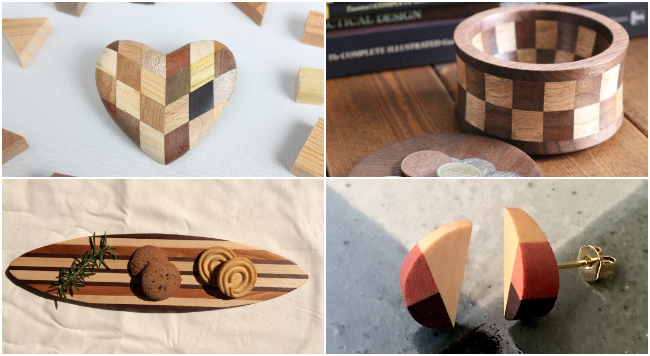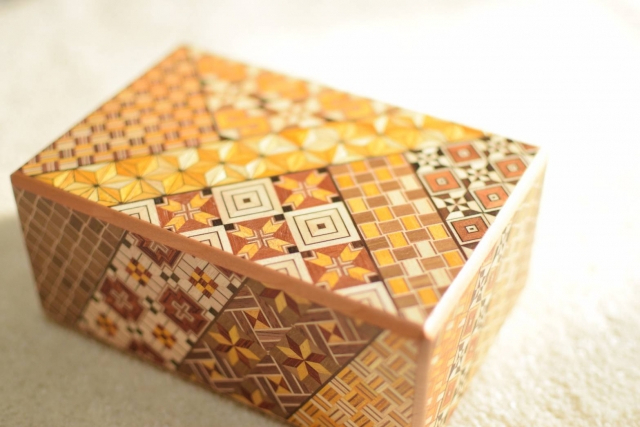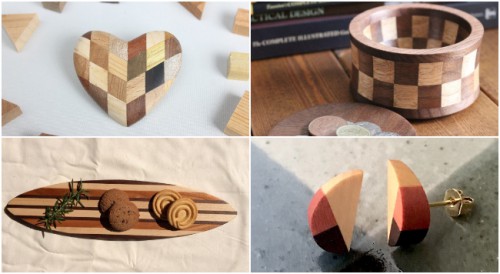What is a carpenter? The Charm and Characteristics of Japanese Traditional Wooden Craftsmanship

The traditional Japanese handicrafts that have been passed down from generation to generation, and the works made with refined and delicate techniques are always fascinating. This time, we will introduce the traditional Japanese craft of "sending wood craftsmanship", which combines and inlays different types of wood to create unique wooden vessels, storage boxes, and other works. This will allow everyone to experience the unique gentle texture of wood in their daily lives through these traditional wooden Japanese crafts.
What is a carpenter? The History and Origin of Sending Wood Craftsmanship

Sending wood craftsmanship is a woodworking technique that combines different types of wood and uses different colors of wood to create patterns and patterns. In Japan, the traditional handicrafts of Hakone cho, Kanagawa Prefecture, known for their fine workmanship, have a history of approximately 200 years.
The technique of sending wood was first developed in Shizuoka. During the Edo period, a person named Renobi Ishikawa brought this woodworking technique to Hakone. Centered around the mountainous area of Hakone with a wide variety of trees, pallets and boxes are made using combinations of wood with different colors and grain patterns. In the frequent travel of passengers, the exquisite and detailed geometric patterns of the wooden handpieces have become a well-known gift among passengers. In hot spring streets or local product shops on the streets, there are also sales of wooden handicrafts. In recent years, there have been small items, decorations, and other traditional crafts that have become popular among many people.
The charm of sending wood craftsmanship

The biggest feature of wooden products is their natural warmth. There are many charms of sending wood craftsmanship, among which "being able to feel the warmth of wood" is the greatest charm. Another charm of sending wood craftsmanship is the use of wood grain combinations to create different patterns.
In addition, unprocessed wood, known as logs, has been used by historic buildings or heritage sites in Japan since ancient times and is a fairly sturdy material. Due to its moisture resistance, it has the characteristic of preventing water and bacterial proliferation and growth. It can absorb indoor moisture and adjust indoor humidity during drying.
Although the overall atmosphere may change due to the color of the wood, it can make people feel the natural tones and patterns, and the mood also relaxes with it.





